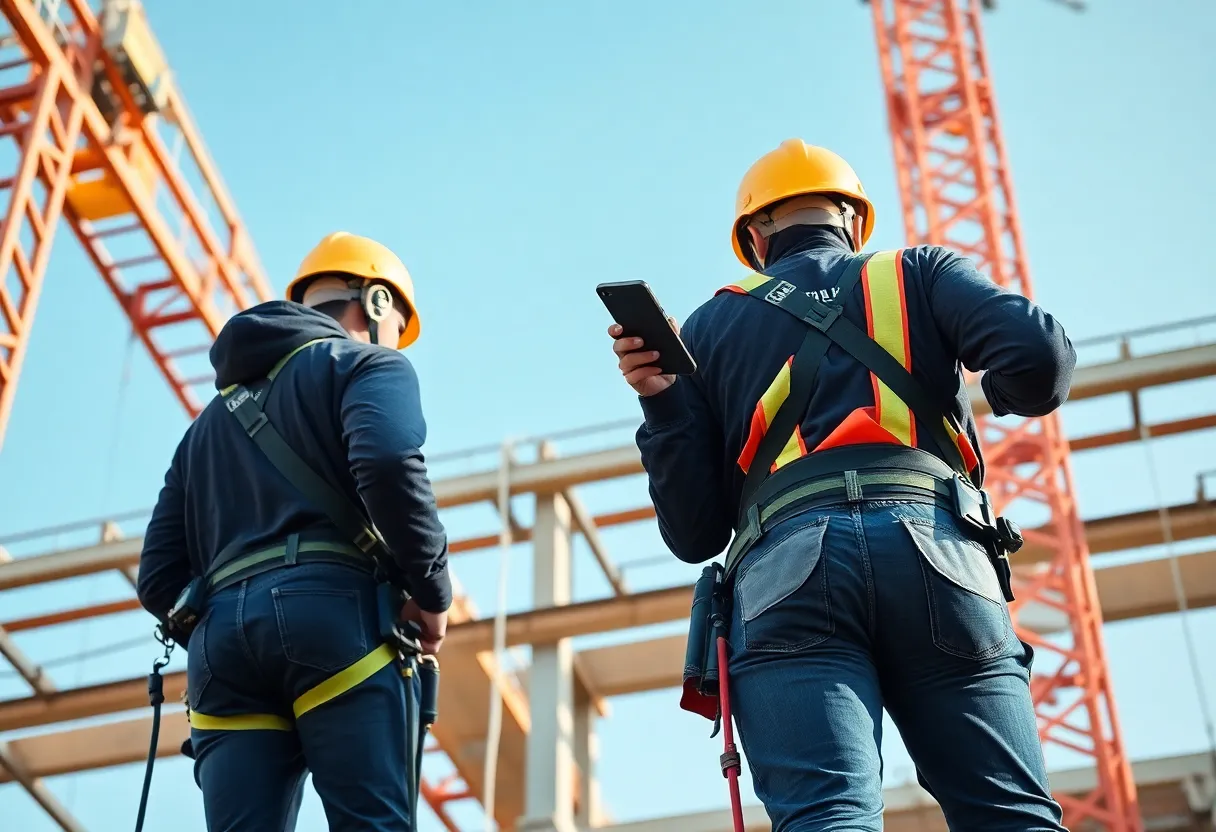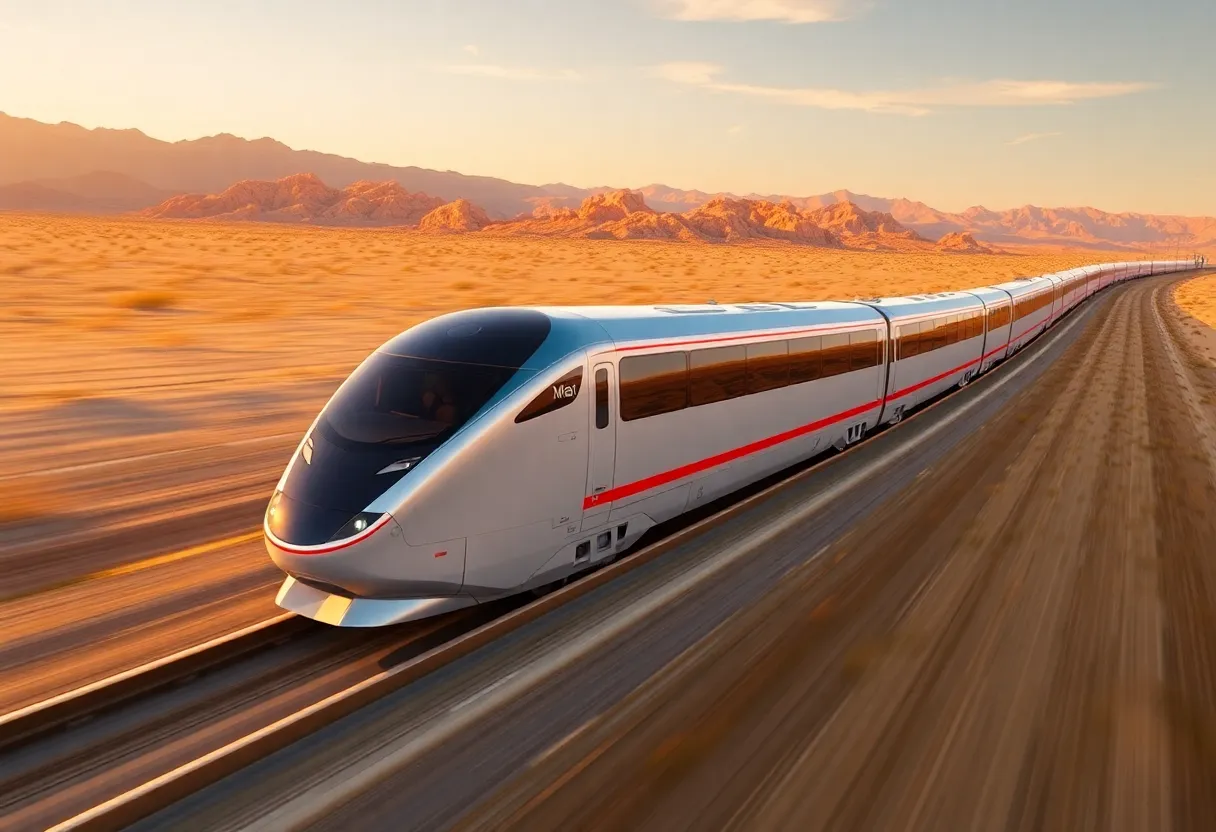News Summary
A tragic incident in Massachusetts highlights the dangers of construction work, as a worker tragically falls to his death. This has sparked debates about the role of AI in enhancing safety protocols amid rising fatalities in the sector. Experts discuss the emergence of AI tools like Safety AI for better risk assessments while recognizing concerns from workers about job security and privacy. The future of AI in construction remains a complex discussion between technological advancement and ensuring human oversight.
Tragic Worker Fall in Massachusetts Sparks Debate on AI Safety Tools in Construction
A recent incident at a construction site in Edgartown, Martha’s Vineyard has drawn attention to safety measures in the construction industry, highlighting the delicate balance between worker safety and productivity. The tragic accident resulted in the death of Jose Luis Collaguazo Crespo, a 32-year-old construction worker, who fell from a ladder while working on an affordable housing project. Crespo slipped off a ladder on the second floor and plunged into the basement, striking the cement floor and marking another somber addition to the statistics that show construction as the most dangerous profession in the United States.
The fall contributes to the alarming number of over 1,000 worker fatalities each year in the U.S. construction sector, primarily due to slips, trips, and falls. Following this unfortunate incident, there has been a growing conversation about the role of advanced technology, particularly artificial intelligence (AI), in enhancing safety measures on job sites.
Advancements in AI Safety Tools
During a presentation at Construction Innovation Day 2025 held at UC Berkeley, entrepreneur Philip Lorenzo emphasized the ongoing conflict between ensuring safety on site and maintaining productivity. He spoke about the development of a safety tool called Safety AI, designed for DroneDeploy, which leverages reality capture imagery to accurately identify OSHA violations with a precision rate of 95 percent.
Launched in October 2024, Safety AI is now operational on hundreds of construction sites across the United States. The tool is adaptable and has versions that cater to regulations in other countries, including the UK, Canada, South Korea, and Australia. By utilizing generative AI, Safety AI goes beyond simple object recognition, allowing it to conduct a more advanced analysis of working conditions and identify potential safety issues.
Golden Data Set for Training
A substantial dataset, referred to as a “golden data set,” comprised of tens of thousands of images depicting OSHA violations, has been compiled to train the AI effectively. However, the operation of this tool necessitates oversight from experienced safety inspectors to ensure that the findings are accurate. This additional layer of monitoring aims to reduce human error and provide an essential digital safety check for site managers who are often overburdened.
Concerns Over Privacy and Job Security
Despite the potential advantages of AI tools like Safety AI in enhancing construction safety, there are rising concerns among workers. Many fear that such technologies may be perceived as “bossware,” which could infringe on their privacy or threaten their job security. This sentiment is shaping the dialogue around the implementation of AI in job sites.
Other companies in the industry, such as Safeguard AI, favor more traditional machine learning methods, arguing that these approaches are more reliable than newer AI technologies. Industry experts recognize that while AI tools hold great promise for improving safety, they also face significant challenges, including issues like hallucinations—where AI produces inaccurate outputs—and handling unique or unforeseen situations, known as edge cases.
Mixed Responses from Industry Professionals
The varied reactions from industry professionals underscore a broader pattern of mixed responses toward the growing implementation of AI technologies in construction safety. While many acknowledge the potential benefits for accident prevention and compliance verification, there is simultaneous apprehension about the possible displacement of human roles traditionally responsible for monitoring safety on construction sites.
As developments in AI safety tools continue to advance, the construction industry finds itself at a crossroads, navigating the intersection of technology, safety, and worker well-being. The balance between embracing innovation and ensuring that human oversight remains paramount will be critical in shaping the future of construction site safety.
Deeper Dive: News & Info About This Topic
Additional Resources
- MIT Technology Review: How Generative AI Could Help Make Construction Sites Safer
- Vineyard Gazette: OSHA Fines Construction Company After Worker’s Death
- Martha’s Vineyard Times: Questions Linger After Second Edgartown Worker Death
- MassLive: GoFundMe Raises Money to Send Body of Construction Worker Killed in Mass to Ecuador
- Vineyard Gazette: Putting Safety First on the Island
- Wikipedia: Occupational Safety and Health
- Google Search: Construction Safety AI
- Google Scholar: AI in Construction Safety
- Encyclopedia Britannica: Construction Safety
- Google News: Construction Worker Fatalities
Author: Construction CA News
The CALIFORNIA STAFF WRITER represents the experienced team at constructioncanews.com, your go-to source for actionable local news and information in California and beyond. Specializing in "news you can use," we cover essential topics like product reviews for personal and business needs, local business directories, politics, real estate trends, neighborhood insights, and state news affecting the area—with deep expertise drawn from years of dedicated reporting and strong community input, including local press releases and business updates. We deliver top reporting on high-value events such as the Rose Parade, Coachella, Comic-Con, and the California State Fair. Our coverage extends to key organizations like the California Building Industry Association and Associated General Contractors of California, plus leading businesses in technology and entertainment that power the local economy such as Apple and Alphabet. As part of the broader network, including constructionnynews.com, constructiontxnews.com, and constructionflnews.com, we provide comprehensive, credible insights into the dynamic landscape across multiple states.




